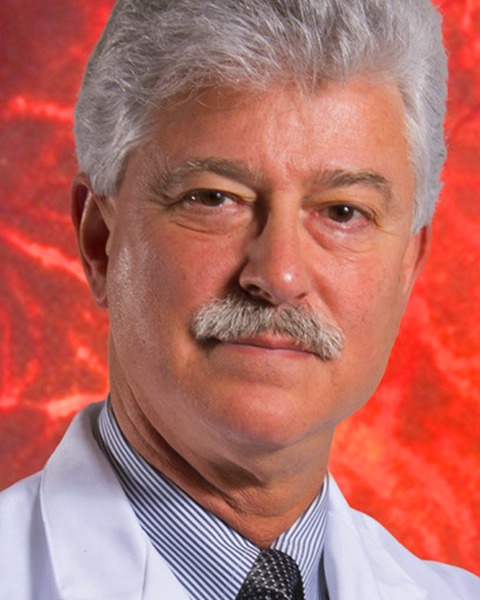
Steven J. Fliesler, PhD,FARVO
SUNY Distinguished Porofessor
SUNY- University At Buffalo
Buffalo, NY, United States
Steven J. Fliesler, PhD, FARVO, SUNY Distinguished Professor, Meyer H. Riwchun Endowed Chair Professor of Ophthalmology, and Vice-Chair/Director of Research, Department of Ophthalmology; and Professor, Department of Biochemistry and Neuroscience Graduate Program; Jacobs School of Medicine and Biomedical Sciences, The State University of New York (SUNY)- University at Buffalo, Buffalo, NY (USA). I’ve worked continuously in eye and vision research for >40 years, specializing in retinal biochemistry and cell biology within the context of hereditary and acquired retinal degenerations, and using animal models to mimic these human conditions. In particular, my lab has focused on studying how dysregulation of lipid metabolism (especially cholesterol and dolichol metabolism) impacts the development and maintenance of normal retinal structure and function. My lab has employed a combination of lipidomic, proteomic, and genomic approaches, in conjunction with histological, immunohistochemical, ultrastructural (EM), electrophysiological and bioinformatics methods, to elucidate the underlying mechanisms that cause retinal degenerations in animal models of human diseases. Increasingly, we’ve utilized scanning laser confocal microscopy as an essential tool for our studies, examining cellular and subcellular elements in both cultured cells as well as in whole tissue sections. We’ve also used these methods to study membrane morphogenesis and intracellular trafficking of lipids and (glyco)proteins in retinal rod photoreceptor cells, as well as defects in autophagy and lysosomal function that are involved in retinal degenerations. I also am dual appointed as a Research Career Scientist at the VA Western NY Healthcare System (Buffalo VAMC), where my research has focused on acoustic blast overpressure (ABO) injury (i.e., primary blast injury) to the retina, using a novel shock tube device and a rat model of traumatic brain injury (TBI), which we’ve more recently modified to employ mice, as well as testing some novel antioxidants and neuroprotective agents as therapeutic interventions to minimize severity, arrest progression, or prevent the pathological sequelae in this injury model, as a prelude to clinical trials.
Disclosure information not submitted.
Presentation(s):
-
Pathology caused by cholesterol pathway defects in human subjects and experimental animal models
Wednesday, April 30, 2025
10:35 AM - 11:15 AM PST

.png)